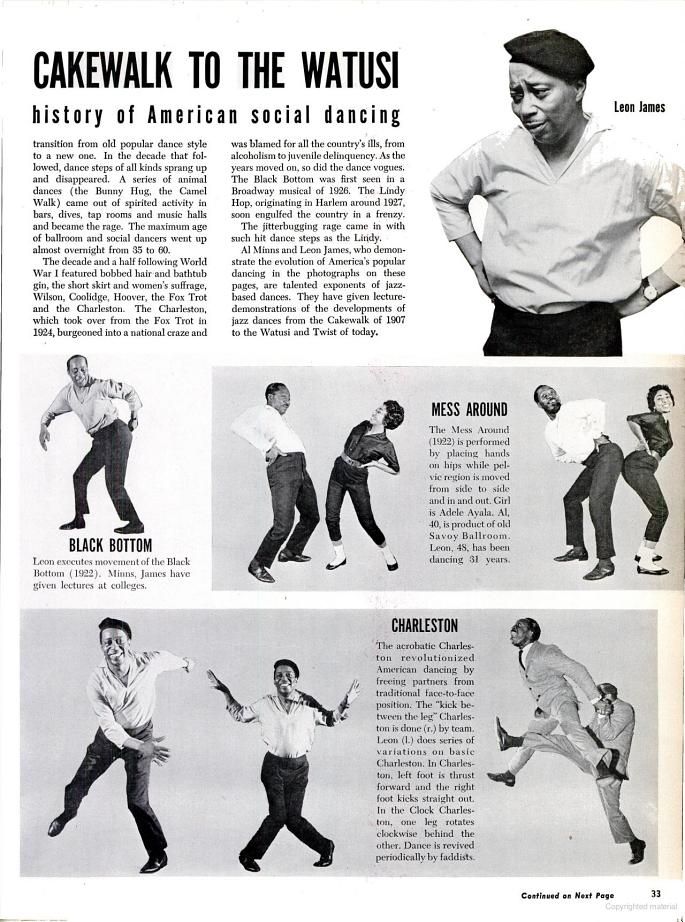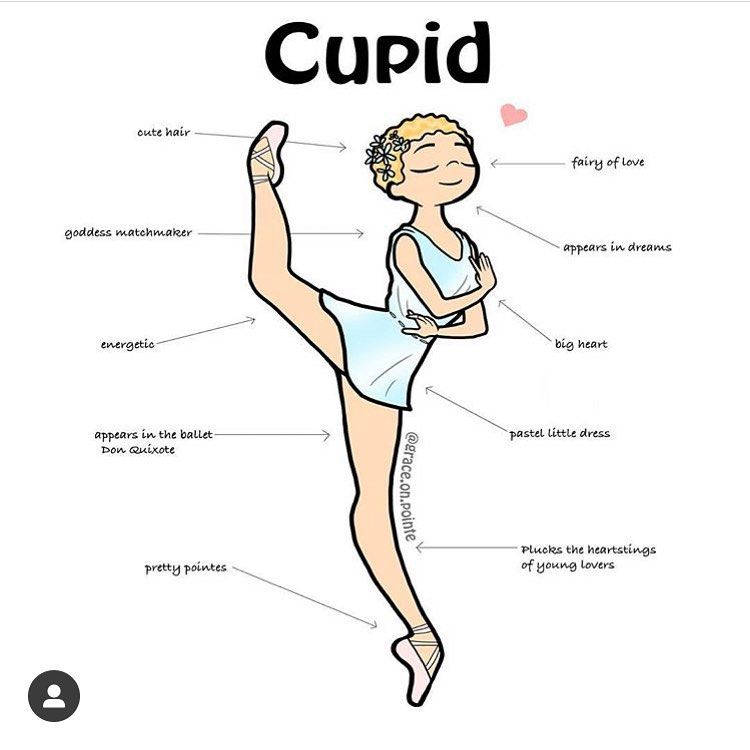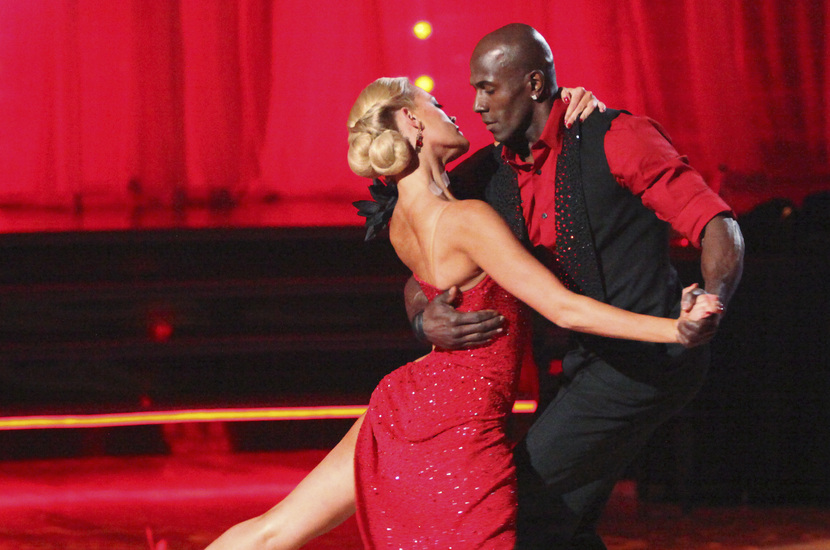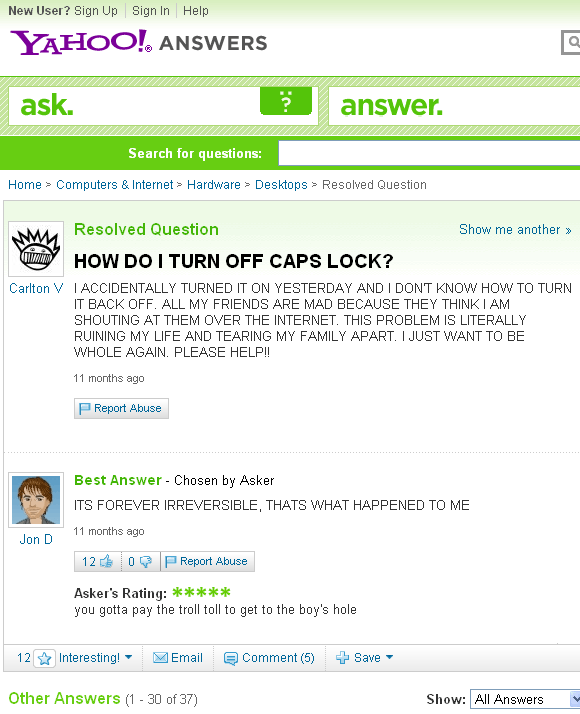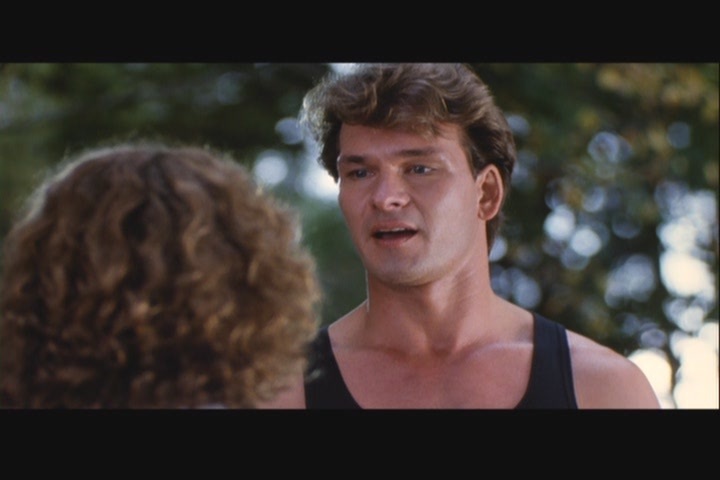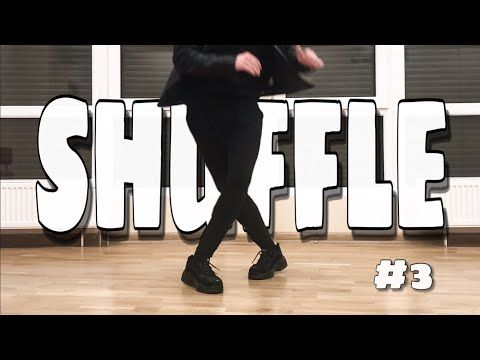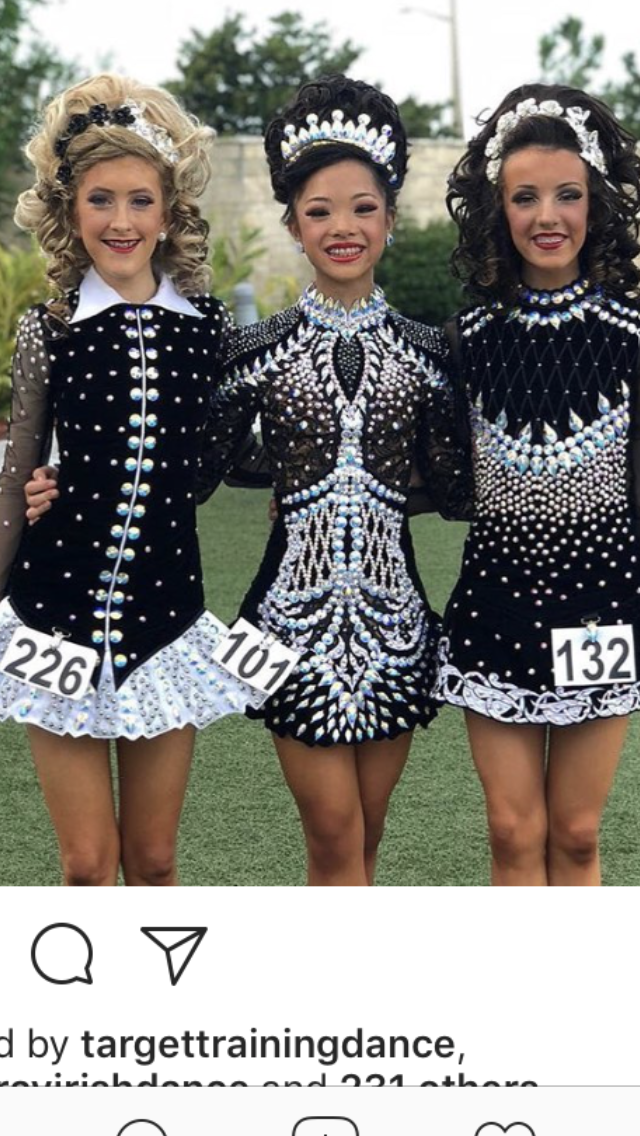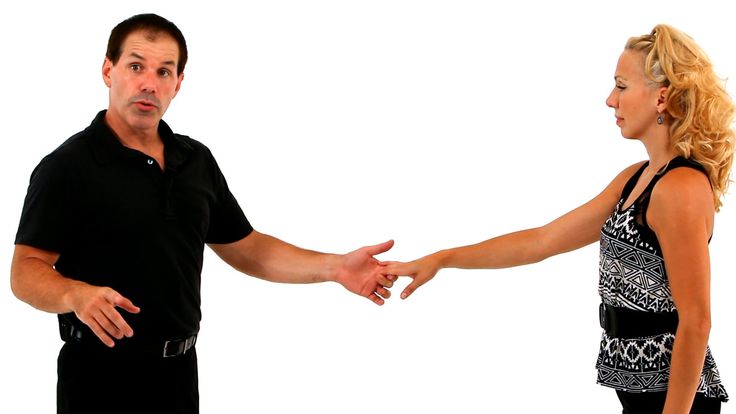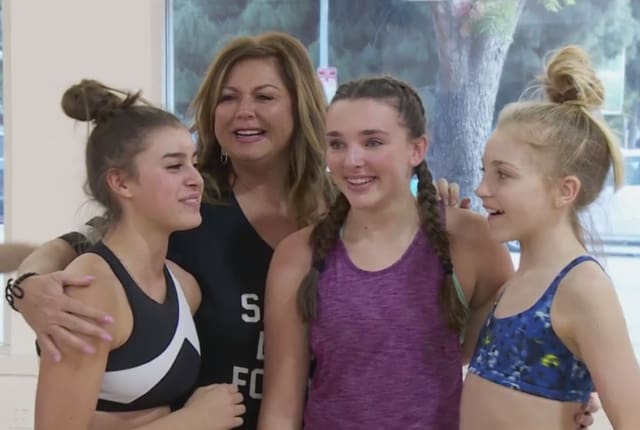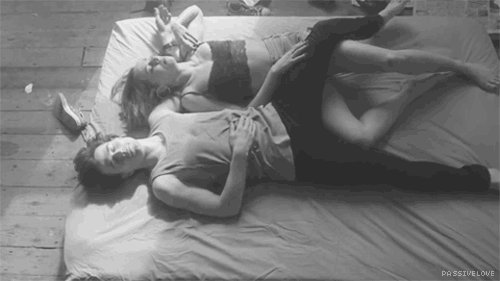How to do the cakewalk dance
A Dance of Black Resistance and Celebration — Yehoodi
/ rikomaticThe Cakewalk is one of the lesser known “grandparents” of Lindy Hop, alongside the Charleston, Black Bottom, the Breakaway and others. The cakewalk, however, was more than just a dance, it was also a subtle but powerful means of Black resistance to white supremacy.
The history of the cakewalk goes all the way back to the time of institutionalized slavery in America, when many other forms of African music and dance were greatly restricted or forbidden. Slaves on Southern U.S. plantations were exposed to European dance forms such as waltzes that were done in ballrooms, with the men dressed in suits and the women in fanciful dresses.
As early as the 1860s, Black slaves recounted how they would promenade around, imitating and parodying the dance forms they saw their owners doing. These were called “cakewalks” because the couple deemed the best dancers were awarded a cake -- which led to the phrase “taking the cake” or winning the prize. These cakes were sometimes provided by the white masters themselves to encourage these performances, probably missing the subtle critique of the dance. Skilled performers were expected to make even the hardest moves look effortless and easy, hence the contemporary usage of the term “cakewalk.”
This 1903 archival footage from the Library of Congress gives a sense of what the cakewalk might have looked like.
“The Spirit Moves” documentary has a longer clip featuring Leon James, Al Minns, and Pepsi Bethel performing their versions of the cakewalk.
Note the exaggerated high-stepping, stiff demeanor, and proud bearing of the dancers. There is some subtle cultural referencing going on here, being both a satire of the affected manners of white high culture and an expression of Black pride and joy by the performers. For a people enslaved, enacting a cakewalk right in the face of their oppressors might be understood as a prideful middle finger.
Cake Walkers.--Way Down South in Dixie (1989)
What’s amazing about the cakewalk was that it became so popular in America after the Civil War that white performers began doing their own versions of the cakewalk, typically in blackface, as part of minstrel shows. An even weirder twist was black performers, also in blackface, began performing their versions of the cakewalk for white audiences. As one historian Terry Waldo described it, “Blacks imitating whites who were imitating Blacks who were imitating whites.”
Poster for white performers Primrose & West performing a cakewalk in blackface
This was certainly not the first or the last time that Black people employed dance as a means of resistance to systemic racism. Brazilian capoeira, Puerto Rican bomba, b-boying in the Bronx, and footwork in Chicago are just a few other examples.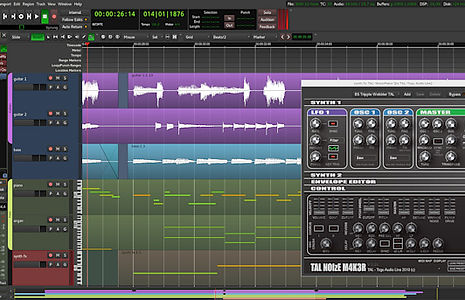 But there is something so brilliant about the cakewalk as simultaneously satirizing their oppressors and celebrating their own culture.
But there is something so brilliant about the cakewalk as simultaneously satirizing their oppressors and celebrating their own culture.
If there is a more modern version, it might be ball culture from the Black and Latinx gay male communities in the 1970s and 1980s. But that’s a whole other essay that would best be told by someone from that community.
For now, whenever you hear the expression that “takes the cake” or something is a “cakewalk” remember how brilliant Black slaves employed the cakewalk as a subtle but powerful anti-racist tactic.
For further information see:
Smithsonian Who takes the cake? The history of the cakewalk
NPR The Extraordinary Story Of Why A 'Cakewalk' Wasn't Always Easy
BGSU Minstrelsy and Cakewalks
How to run a cakewalk that takes the cake
By
Gwen Ihnat
Comments (41)We may earn a commission from links on this page.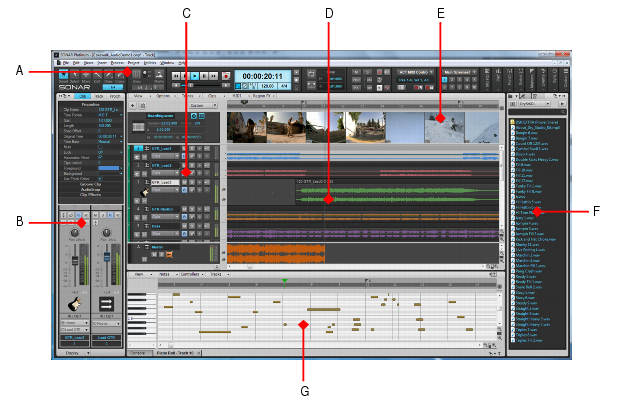
If you’re not sure what a cakewalk is, you’re not alone: I once sat on neighborhood board that wanted to include the activity at a holiday party, but I had to consult Wikipedia to figure out what the hell a cakewalk actually entailed. Little did I know that several years later, I myself would be running the cakewalk at my kids’ school.
Basically, a cakewalk is musical chairs with cakes. Numbers are placed on the floor and music is played. Music stops. Number is picked. If you are standing on the same spot as that number, then you get to pick out a cake from a packed bench of generous cake donations. And you get a cake! And you get a cake! The cakewalk actually has a considerably long history, according to NPR: It stems from a pre-Civil War ritual performed by African-Americans on plantation grounds who were making fun of the plantation owners’ fancy promenades. It’s where the phrase “takes the cake” comes from, also, obviously, “it’s a cakewalk,” indicating a prize won by doing something easy, like stepping on a numbered square.
I can take no credit for establishing this fun school event though; it was already begun by a fun family in our neighborhood, the like-minded, music-savvy souls who are my family’s co-hosts for our annual karaoke party. They are the ones who truly put the cakewalk on the map, now eight years running. So when they had to be out of town for the craft fair this year, our names were tossed out as replacements. Frankly, I think it’s just because they knew we had the necessary audio equipment.
Still, I am not a great baker, and neither my husband Brian nor myself are known for our incredible patience with children (just ask our kids). Our incredibly generous and well-organized friend came over with all the gear—laminated floor numbers, set-up map, cash box—to conduct cakewalk training. Comments like, “it should be pretty easy; after all, it’s a cakewalk!” were thrown around a few times to mild hilarity.
Now that I am a cakewalk veteran on both sides of the laminated numbers, I find that this fun community activity offers some valuable life lessons. Also, there are definitely right ways and wrong ways to run a cakewalk.
Also, there are definitely right ways and wrong ways to run a cakewalk.
1. You have to peacock your cake a bit
The first year I brought a cake to the cakewalk, it was a straight-up delicious apple cake I had been really into that season. Unfortunately, it sat there on the cake bench, as painfully unloved as a wallflower at prom. I had failed to realize that small children don’t care about homemade apple goodness: They care about gaudy, colorful frosting, with as much visible chocolate as possible. Eventually my apple cake was selected by the kind president of the local school council, who assured me later that it was in fact delicious. But I never made that mistake again. The next year I went straight to the supermarket and bought the flashiest cake I could find: The one that looks like a mini-hot tub barrel, except the planks are Kit-Kats and the water is M&Ms.
Fortunately, as the cakewalk legacy has grown, a lot of our local families get more creative.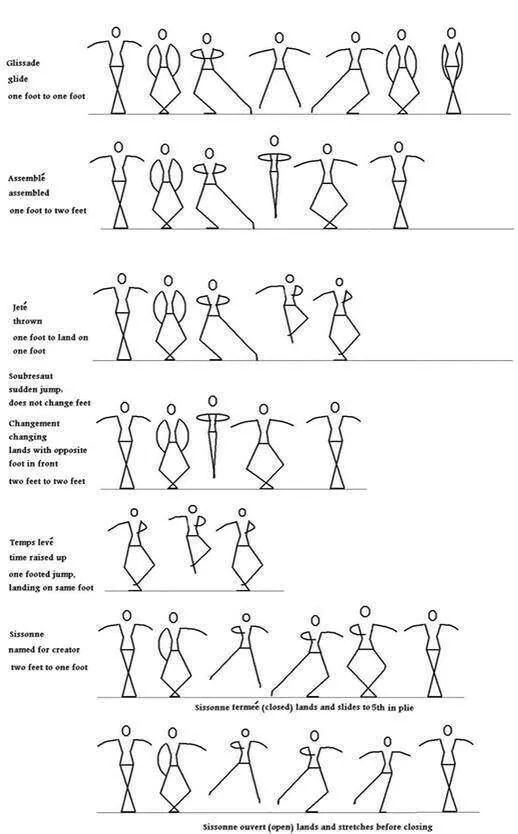 Many kids spend that Friday night before the cakewalk happily baking their own creations, dolloped with inch-thick icing and holiday marshmallow Peeps and candy canes. Our first winner this year went straight for the cupcakes she had brought herself, all topped with candy cane sign posts that announced the North Pole. I couldn’t really blame her.
Many kids spend that Friday night before the cakewalk happily baking their own creations, dolloped with inch-thick icing and holiday marshmallow Peeps and candy canes. Our first winner this year went straight for the cupcakes she had brought herself, all topped with candy cane sign posts that announced the North Pole. I couldn’t really blame her.
The moral here is: Flash sells. If you don’t want to be the last cake left on the table, you have to sparkle things up a bit.
2. Finely tune your playlist
Given my husband’s musical proclivities, and the fact that we were going to be surrounded not just by children but their parents, teachers, and school administrators, I begged him to keep the playlist as squeaky-clean as possible. We had learned that painful lesson years ago at a block party, accidentally playing the non-radio-friendly version for DNCE’s “Cake By The Ocean” as horrified parents looked up aghast. The kids were going to march around the cakewalk regardless, but songs like Beyonce’s “Single Ladies” and Bruno Mars singing “Uptown Funk,” beloved by parents and kids alike, made things a lot more enjoyable. A crowd soon formed, stretching the cakewalk line all the way back to the gym. Apparently “I Believe In A Thing Called Love” by The Darkness held up better than I was expecting.
A crowd soon formed, stretching the cakewalk line all the way back to the gym. Apparently “I Believe In A Thing Called Love” by The Darkness held up better than I was expecting.
I had a heart-stopping moment when a Skrillex song came on. “Isn’t there a swear in this song?” I asked Brian. “It’s at the end,” he assured me. We love the Beastie Boys as much as anybody, but you just have to watch out for the profanity at a school event. But for the final round, Brian went ahead and played Jesus Lizard’s “Then Comes Dudley,” a dirge that seemed to reflect how wiped out everyone was by that point.
3. You may have to give spirit awards
Is this a cakewalk or a cake dance, you may be asking? Actually, kind of both. Thanks to everyone’s generosity and ingenuity, we had about five dozen cakes to give away. There were so many, in fact, that we started giving away spirit awards to the best cakewalk dancers in special double-cake rounds, for fear of leftover cake (which I refused to take home). A friend of my son’s has feet that barely seemed to touch the ground, immediately walking (dancing) off with the first spirit prize.
A friend of my son’s has feet that barely seemed to touch the ground, immediately walking (dancing) off with the first spirit prize.
The spirit award also allows you to mess with the games of chance a bit. We folded and refolded the numbers, we had totally impartial people pick every time, and yet, for a while, space number 11 was on quite the winning streak. I don’t think, in dozens of rounds, we ever picked number two. The same kid won three times. The rules of fate are fickle.
At our cakewalk training, our friend noted how every year, he and his wife disagreed about maybe just calling out the number of the little kid who’s on their fifth try and really wants that cake. He protested, claiming to wanting to keep the integrity of the cakewalk intact. I could definitely see his wife’s point, but Brian steadfastly agreed with our friend. “Oh, absolutely,” he declared. “There will be none of that bullshit,” he said, waving away the tears of a kindergartner who just wanted a brightly decorated cupcake with sprinkles.
The spirit award is a way around this. Really, if someone is willing to dance their heart out for a cake, I am inclined to give it to them. To get that crying kid her cake, you can also make up titles like a congeniality award. But then, fate is a cruel mistress and maybe the cakewalk is a good place for kids to learn this stark yet valuable lesson. You can absorb a lot about life at a cakewalk.
In the end, I think we ran about 40 cakewalk rounds, with 15 people paying $1 per round, and made about $600. Yes, it’s not going to balance the district budget or anything, but it added some festive fun to the craft fair. After handing over the money to the school council treasurer and packing up the laminated numbers, I went home for the biggest nap of my life. Unfortunately, my son had already headed to our house with his friends and their winning cakes, so that I was instead plagued by sugar-crazed boys playing laser tag. Still, the young girl who had made that particular chocolate cake was delighted when I showed her the picture of how the boys had demolished it… all for a good cause, of course.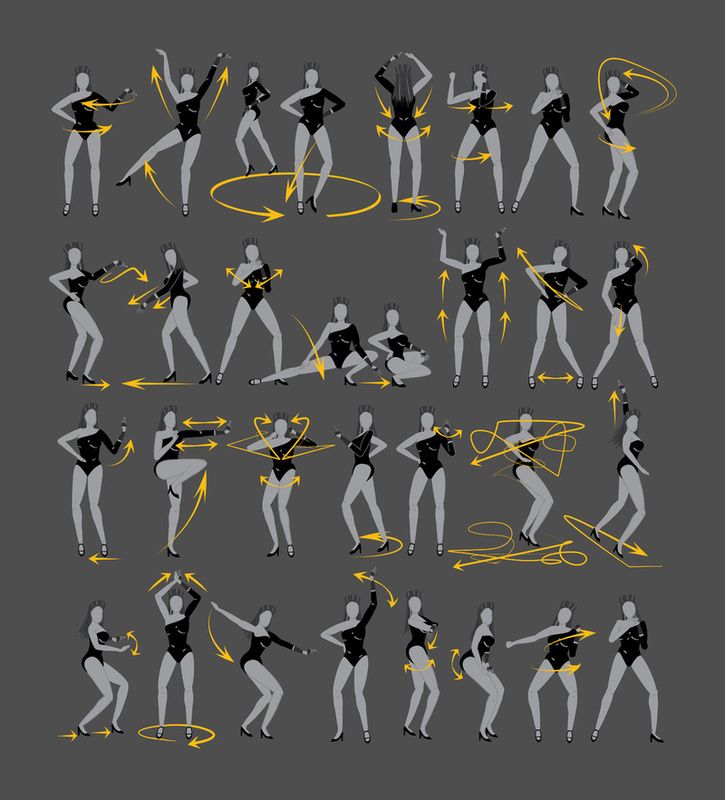
KEK-WALk ON CYMBALES - Retro ladies — LiveJournal
?Previous Entry | Next Entry
The dead man with leshas
The cakewalk is dancing harmoniously.
N.Zabolotsky
At the beginning of the 20th century in Europe and America, cakewalk, a dance of American blacks, became fashionable.
Numerous postcards have been issued detailing the steps of this dance.
In Russia, as Kuprin wrote in the story "Gambrinus" in 1906, "The cakewalk motif became fashionable for a moment. However, this Negro dance was soon forgotten."
A comic poem by I. F. Annensky "KEK-WALK ON CYMBALES", written in the autumn of 1904, remains in his memory.
KEK-WALK ON CYMBALES
Hammers of the paws of the chain,
Yes, the nails of the cap are strong,
That more than once them,
Hollow Dancers,
Got stuck there.
Hammers stomped,
They fell past the point,
Whatever the swing,
On the strings
As it never happened.
The bells fell with a clatter, clatter,
The bells became a murmur, murmur,
Now calling,
Now breaking,
Now crushing the crystal.
In the strings full of cold, cold,
The waves sang young, young,
And like a breaker
Rumble along the strings
Then flew by.
With the sounds of a cake walk,
Waiting for mocha,
In the blink of an eye
What we won't eat...
And Makhmet-Mamayam,
Neither in winter nor in May
We don't heed,
He is necessary.
Hammers of a tenacious paw,
Yes, strong hats of nails,
What are they more than once,
Empty dancers,
It got stuck there.
Hammers swoop in,
Few hit the points,
Max and max,
Life ... ah,
As it never happened.
In the artistic mind of Andrei Bely, this dance acquired the meaning of frenzy and emptiness
and, a lost player,
I got up: invulnerably strict,
dancing Mad Kack-Uk,
Under the ceiling, throwing legs
"Feast" (1905)
All materials were found on the network
| S | M | T | W | T | F | S |
|---|---|---|---|---|---|---|
| 1 | 2 | 3 | 4 | 5 | 6 | |
| 7 | 8 | 9 | 10 | 11 | 12 | 13 |
| 14 | 15 | 16 | 17 | 18 | 19 | 20 |
| 21 | 22 | 23 | 24 | 25 | 26 | 27 |
| 28 | 29 | 30 | 31 |
- green_randy : (no subject) [+0]
- rodich3007 : (no subject) [+2]
- rodich3007 : (no subject) [+ 3]
- rodich3007 : (no subject) [+0]
- rodich3007 : (no subject) [+0]
- zina_korzina : (no subject) [+4]
- rodich3007 : (no subject) [+0]
Powered by LiveJournal.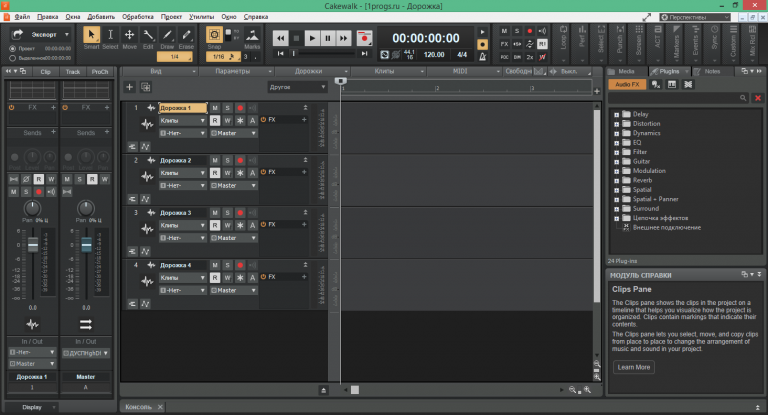 com
com
Vek back - Tomsk Regional Museum of Local Lore
Children's cakewalk (The Kiddies' Cakewalk). Directed by Robert W. Pohl. Great Britain. 1903 (source: www.youtube.com/watch?v=utf4ujI7auQ )
Kekuok (keikuok) is an energetic, relaxed, cheerful, even humorous dance. Its name translates as "dance with a pie." Indeed, some of his pas resemble the movements of a person holding out his hands with a treat. And it seems that at first there was a custom to reward the best cakewalkers with a pie. The dance was very popular in dance venues, variety shows and even ballrooms in many countries in the early 20th century.
It originated in the Negro quarters of New Orleans and combined parodied figures of ballroom numbers (minuet, cotillion, waltz) and traditional Negro dance elements. And all this to cheerful, almost marching music with incendiary syncopated rhythms. Here opened wide prospects for the rivalry of dancers in virtuosity...
Here opened wide prospects for the rivalry of dancers in virtuosity...
With the beginning of the century, the cakewalk began its victorious march around the world and soon came to Russia, even surviving the harsh wartime. So at 19In 1920, despite revolutionary transformations, a typhoid epidemic, skinny wallets and hungry stomachs, Tomsk students famously danced cakewalk at dance parties, as it should be, loudly stomping and throwing their legs high ...
But, as often happened, when this rollicking dance appeared , he was accompanied by a scandal ... This happened in Tomsk in the spring of 1920. The “Student Choir” (it was also called the “Organization of Students, Lovers of the Liberal Arts”) especially distinguished itself in this dance, deserving critical notes in the “Red Youth” 1 - they say, while some people work hard, others dance merrily.
Liberal arts students had to make excuses: both dance evenings were organized for charitable purposes, and the evening that Red Youth wrote about did not take place at all.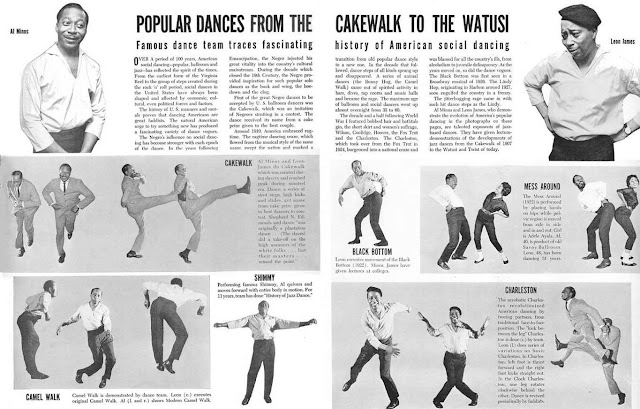 And in general:
And in general:
“All this was done to support the fund that exists in the organization to help needy comrade members (and there are up to 100 people) ... We don’t have people who are financially secure in our organization ... Most of our comrades serve in government institutions; 2 the other part is content with the meager resources of the fund, so as not to sell trousers and skirts…”
As for the cakewalk - yes, they say, there is a circle of lovers of this dance among us - people 40 3 ...
And you, dear readers, whose side would you take in this dispute?
And didn't you, sitting in self-isolation, have a desire to jump in this incendiary funny dance, for example, like our countrymen and compatriots 100 years ago?
For example, like this:
Russian Cakewalk postcards. Russia. Early 20th century (image sources: andcvet.narod.ru/TR/25/01/sam.html ; and www.